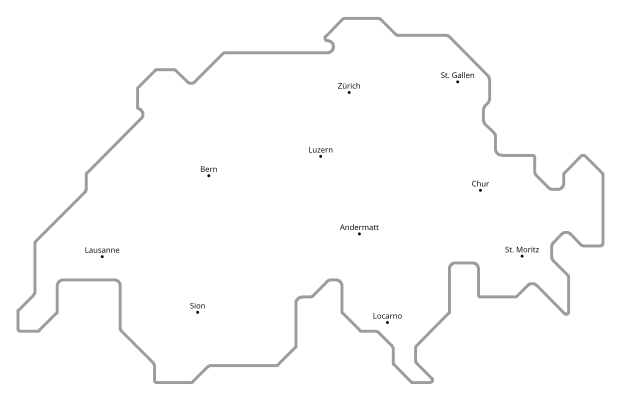DORA WSL – the institutional repository
DORA is the digital publication database for all scientific articles and other publications with WSL affilation.
Order WSL publications
All our series are available for download as PDF files. Individual printed WSL reports can be ordered free of charge, others are only available as downloads. We also offer individual special formats in printed form in our e-shop.
Please note that the order quantity for fact sheets is limited to 30 copies. Any customs costs for shipping abroad must be paid by the recipient. Larger orders are only possible on request and against payment of a contribution towards expenses.
Please send orders to: e-shop(at)wsl.ch
Contact
Publications
Sandra Gurzeler
Swiss Federal Research Institute WSL
Zürcherstrasse 111
8903 Birmensdorf
sandra.gurzeler(at)wsl.ch
WSL Fact sheet
Martin Moritzi
Swiss Federal Research Institute WSL
Zürcherstrasse 111
CH-8903 Birmensdorf
martin.moritzi(at)wsl.ch
www.wsl.ch/merkblatt
